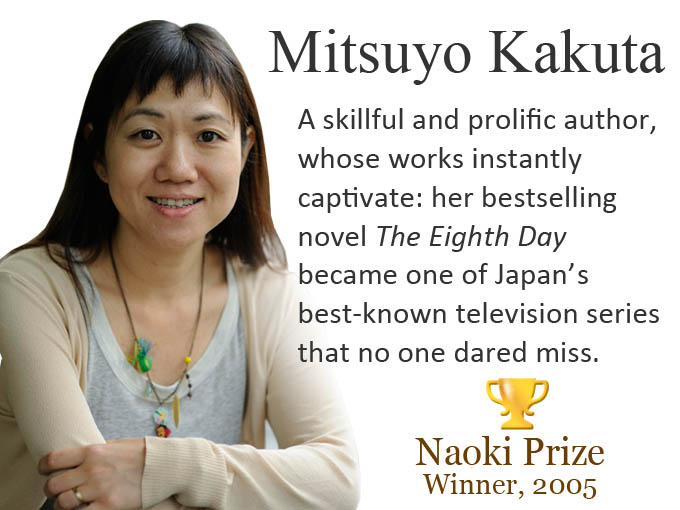A confluence of events created Japan’s, and probably the world’s first, camellia publishing boom in the second quarter of the 17
th century.
The arrival from Korea of
movable type technology and the printing of the first Japanese book using the technology in 1593 was the catalyst for the commercial publishing that kicked off about a decade later in 1609, in Kyoto, at the start of the Edo Period (1603-1868). Interestingly, most commercial publishers reverted to traditional methods and did not use the new movable type technologies as the local publishing market developed and expanded.
The Shogun, Ieyasu Tokugawa (1543-1616), who initiated the Edo Period when he took control of the country, loved flowers and his successor Hidetada Tokugawa (1579-1632), the next Tokugawa Shogun, was particularly fond of camellias. Interest spread to feudal lords and then onwards creating the Kan’ei Era (1624-1644) boom in camellias. Dozens of books, and illustrated guides were produced, at a time before these plants had even arrived in Europe. A similar boom happened in Europe after the arrival of
Camellia japonica in the 1830s.
Some of the illustrated guides that still exist today are impressive and beautiful as they must have been when produced more than 300 years ago and would not look out of place in a European art museum displayed alongside modern pictures.
One of the best examples of these amazingly beautiful Japanese publications is:
One Hundred Camellias, attributed to
Kano Sanraku (1559-1635), which was created in the midst of this unprecedented camellia gardening boom at the start of the Edo Period.
It is 24-meters long and consists of two scrolls and commences with an introduction consisting of prose and poems from 40 different individuals including members of the Japanese imperial family. Camellias are painted and drawn in vivid colours in different containers; baskets, vases, trays, and tea-bowls to name just a few. Following its donation it is displayed annually to welcome in the New Year at
The Nezu Museum in Tokyo.
One of the best places to witness the long-term effects of this publishing boom is the garden of the central
Tokyo hotel Chinzan-so. The hotel’s name means “mountain of camellias” and houses about a hundred different varieties from across Japan with exotic names such as
Camellia Akashigata,
Kingyohatsubaki,
Yokogumo and
Hikaru Genji. The famous Haiku poet Mastuo Basho (1644-1694) is said to have lived in a hut facing the garden for four years, long before the hotel was built.

